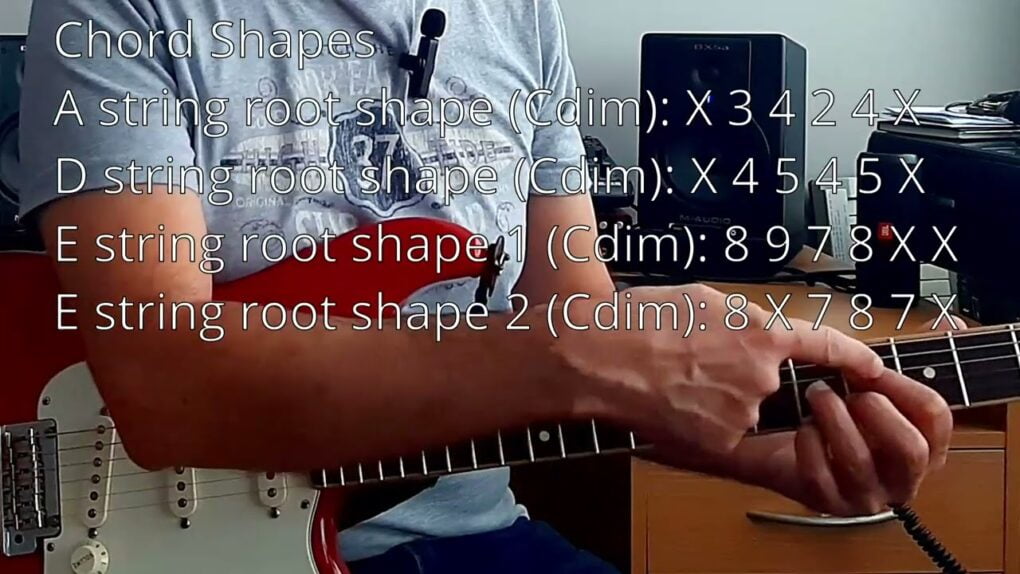Hey there, fellow musicians! Today, I’m excited to delve into the fascinating world of diminished harmony, exploring both arpeggios and chords. Whether you’re a seasoned player looking to deepen your knowledge or a beginner eager to expand your repertoire, this guide has something for everyone.
Let’s start by understanding the essence of diminished harmony. It’s based on symmetrical scales and arpeggios that repeat the same interval, specifically the minor third, from a starting note. This unique characteristic is what sets it apart and forms the foundation for its distinctive sound.
When tackling diminished arpeggios and chords, I like to visualize them in blocks rather than traditional roots. For instance, instead of viewing a C major chord from a root perspective, we approach it as a block containing C, E-flat, G-flat, and A. This approach allows for easier inversions and a better grasp of the harmonic structure.
To get you started, let’s explore a basic diminished arpeggio shape on a single string. Starting from C, we move in minor thirds (three frets) to create the following sequence: C, E-flat, D-flat, and A, ultimately ending back at a higher octave of C. This pattern applies to other starting notes as well, like D-flat (D-flat, E, G, and B-flat) and E-flat (E-flat, G-flat, A, and C). Notice that the inversions are symmetrical, making the sound consistent regardless of the starting note.
Now, let’s dive into some useful shapes for diminished chords and arpeggios. For chords, a common shape with the root on the A string includes notes E-flat, G-flat, and A. By moving this shape across the fretboard, we can easily form different diminished chords, such as F-sharp or C diminished, maintaining the same inversions.
Another common shape, with the root on the E string, contains notes C, E-flat, G-flat, and B. This shape is prevalent in jazz and is widely used by guitarists like Joe Pass and Wes Montgomery.
When it comes to arpeggios, a beginner-friendly pattern involves the sequence C, E-flat, G-flat, and A. Practice this sequence diligently to build a solid foundation. Advanced players often incorporate picking techniques, such as alternate picking or economy picking, to enhance the fluidity of their arpeggio playing.
To challenge yourself further, experiment with shapes in position. By practicing these patterns in minor thirds, you’ll gain versatility and agility across the fretboard. Remember, these shapes are just starting points; feel free to explore and personalize them to suit your style.
To wrap up, let’s revisit a helpful exercise to internalize these concepts. Take three shapes of a diminished chord and move them up the fretboard. This exercise will assist you in discovering the various diminished shapes hidden within this system of four notes.


